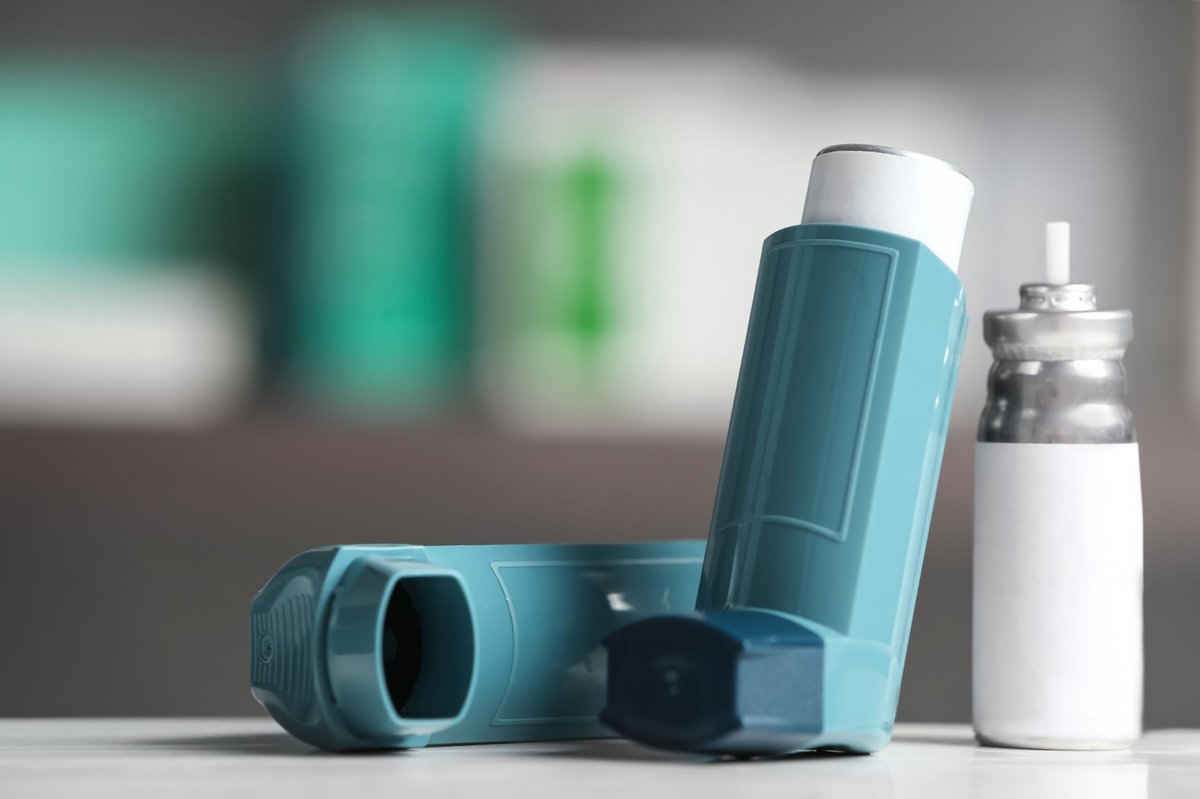Stability testing is a vital element of ensuring a drug product is compliant with regulatory requirements, irrespective of whether you are submitting to the Food and Drug Administration (FDA), European Medicines Agency (EMA) or elsewhere. Stability studies ensure drug products remain stable during transportation, distribution, and storage, to maintain efficacy and safety throughout the lifetime of the product. Here Paul Barr, Principal Scientist at scientific consulting and testing specialist Broughton, outlines the key elements of stability testing for drug delivery devices.
The purpose of stability studies is to provide evidence on how the quality of the drug product varies with time under a variety of environmental factors and is a fundamental test as part of the submission framework for ensuring patient safety. Products that exhibit poor stability are one of the factors that mean that they are unlikely to be approved, and if problems arise later, can be recalled. An example of this occurred in 2018 when Hospira voluntarily removed 24,000 syringes of the injectable “Amidate” from the market when stability testing confirmed out of specification results1. Conducting stability studies can help ensure product safety, efficacy, and compliance, and the resulting data will become crucial to the manufacturer’s regulatory dossier.
Due to the various intended outputs from stability studies, they are designed on a case-by-case basis specifically for the drug product and device being tested, considering the desired objective of the study. The studies are carried out under strictly controlled environmental conditions in line with guidance from the International Council for Harmonisation of Technical Requirements for Pharmaceuticals for Human Use (ICH) and the World Health Organisation (WHO). Manufacturers can create effective stability programmes by staying on top of ICH guidance changes and paying careful attention to study design.
ICH guidance
From the outset, the ICH guidance states that the design of the stability study for any drug product should be based on knowledge of the behaviour and properties of the drug substance, as well as experience gained from clinical formulation studies. The ICH offers guidance on the proposed length of the study, storage conditions, and sampling frequency based on the product and its intended shelf life. Depending on the product’s intended markets, the ICH guidance suggests corresponding test conditions for the five climactic zones of the world.
Stability studies involve placing samples into environmentally controlled chambers to determine how the product or substance will change over time when subjected to specific environmental conditions. Scientists can assess samples periodically for changes in physical, chemical or biological makeup, according to the study protocol.
For inhaled medicine drug delivery devices, for example, such as nebulisers, pressurised metered-dose inhalers (pMDIs), and dry powder inhalers (DPIs), designing a stability study can be complex as several device-specific factors need to be controlled. This includes ensuring the particle size remains consistent — this can directly impact the rate of dissolution and bioavailability in the lungs, which can affect the product efficacy.
Storage and packaging are also key factors to consider. In the case of pMDIs, storage orientation may impact the device’s performance, while DPI products may need to include supplemental studies with the secondary packaging removed (in-use stability) to measure the impact on shelf life, quality, and efficacy against the drug product specifications.
In house vs outsource
Designing and implementing stability studies can be challenging, especially for manufacturers that lack stability storage capabilities, testing resources, or specialised analytical chemists. Working with a trusted partner can help manufacturers save time, money, and space when conducting stability storage and testing.
Broughton has been offering stability study services since 2006 and has the experience of working with in-house scientists to create forward-looking testing strategies, which are essential in ensuring product safety, efficacy, and compliance. Its experience includes Delivered Dose Uniformity (DDU), extractables, leachables, and other areas.




